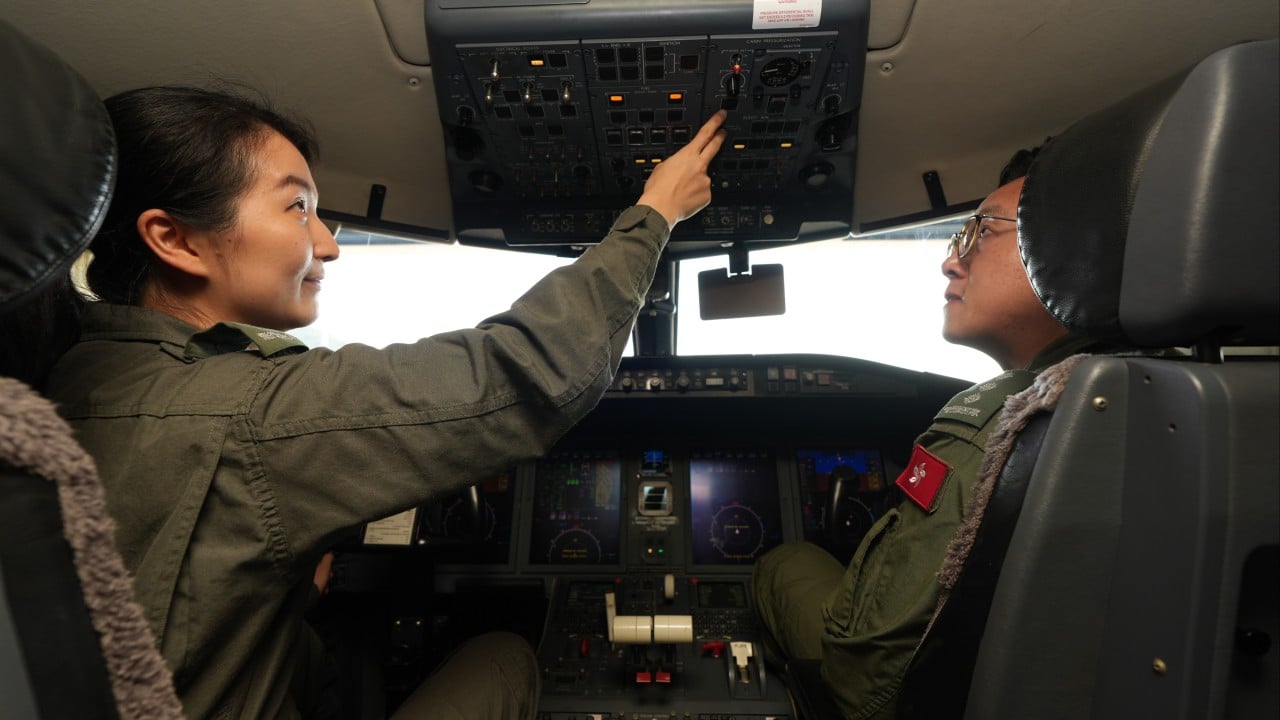Published: 9:00pm, 27 Jul 2025Updated: 9:04pm, 27 Jul 2025
Hong Kong was able to collect critical information on Typhoon Wipha thanks to a three-strong government aircrew that flew close to the tropical cyclone’s centre to deploy seven meteorological data detectors, despite the adverse weather and communication troubles.
Advertisement
Just a day before Wipha hit Hong Kong and triggered a seven-hour No 10 hurricane signal, the Government Flying Service crew steered a Challenger 605 plane to approach the typhoon on Saturday afternoon.
Their mission: to deploy dropsondes, cylindrical weather devices packed with sensors, and equipped with parachutes, to collect data on the typhoon’s wind speed, wind direction, air pressure and humidity on behalf of the Hong Kong Observatory.
The wind speed at the centre of the typhoon was around 110km/h (68mph) at the time.
“Dropsondes are the most important parts of the mission,” said Jeffrey Chan Kin-hang, an assistant manager for flight safety with the service who acted as the mission’s air crewman officer.
Advertisement
“If they do not work properly, the whole mission will fail.”

